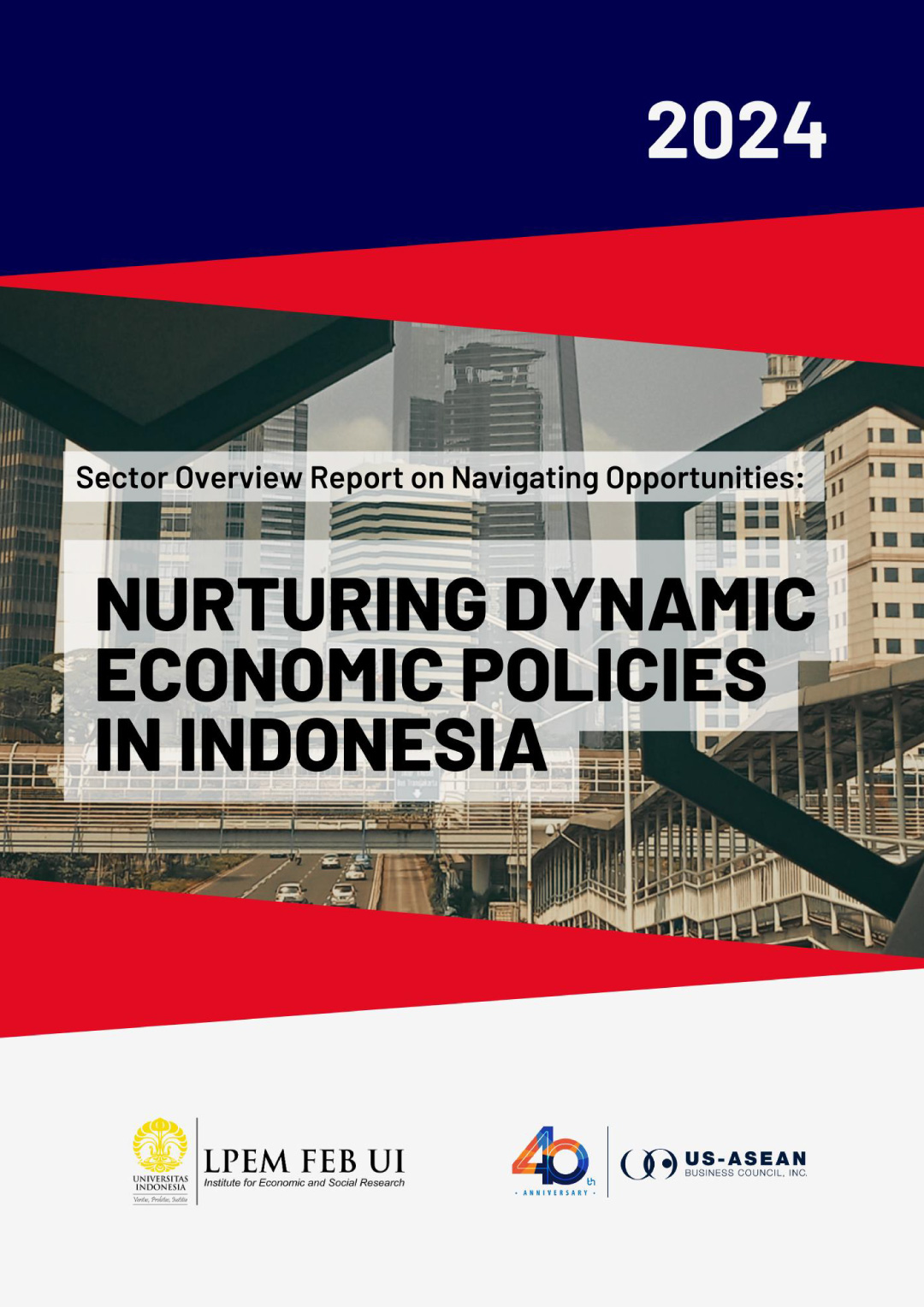LNG Trade and Regional Energy Demand

Indonesia’s coal production reached a record-breaking 831 million tons in 2024, surpassing government projections by 17% amidst surging domestic and global energy demand. As the world’s largest coal exporter, Indonesia relies heavily on coal for both domestic electricity and national revenue. Globally, coal consumption has doubled over the past 30 years, it is expected to plateau by 2027 with the continued growth of LNG. This challenges President Prabowo’s goal to phase out coal-fired power plants by 2040. Despite aspiration to become a “green energy powerhouse,” Indonesia is slow to deploy renewable energy.
The need for Indonesia and other major emissions producers to balance energy security with climate goals is urgent as ASEAN countries turn to U.S. and Russia as a “bridge fuels,” to replace coal. U.S. LNG exports reached record levels in December, a trend projected to increase as President Trump lifted the LNG export permit freeze. However, debates over rising domestic gas demand and potential price increases are challenging the role of U.S. LNG in Southeast Asia. With Biden officials warned of the economic and climate risks and Trump’s pro-export stance facing its own challenges, 2025 will test the ability of policymakers' and LNG companies to balance economic, environmental, and geopolitical priorities.










